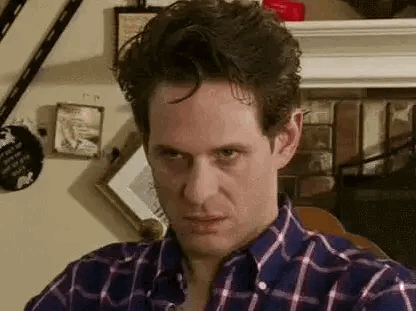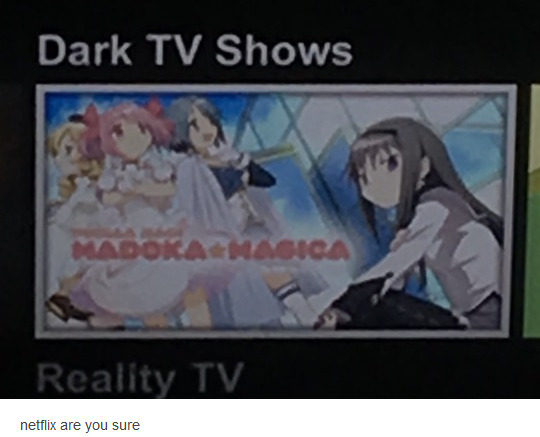Dylan • she/they/he • 22 • I draw sometimes • no dni I’ll just block if needed •
Last active 60 minutes ago
Don't wanna be here? Send us removal request.
Text
Lil nas x getting charged with 3 counts of battery against a police officer and resisting arrest as a black man going through a mental health crisis where the police approached aggressively and tackled him to the ground is depressingly par for the course for police and specifically the lapd and it should piss people off and instead people are making jokes about it in instagram comments :/
32K notes
·
View notes
Text
hmm artists what feature do you draw on the face first. this is for science btw.
37K notes
·
View notes
Text
it's lazy in a different way but sometimes you aren't killing off that character's parents for an easy tragic backstory. sometimes you kill off the parents just so you don't have to write more characters.
24K notes
·
View notes
Text
the layer of frizz around a girl's dry wavy hair is actually her halo
45K notes
·
View notes
Text
I don’t have a clear hyperfixation rn and it’s the worst
#I hate being in between hyperfixations raaahh#can’t choose what blorbos to think about so I think about other shit that makes me feel bad instead
1 note
·
View note
Text
just realized what the mizi birthday art is probably supposed to pair with


649 notes
·
View notes
Text
“—The echoes of our childhood will always be there for you”

This quote is so miserable (and I do like how the years of loneliness and mental torture have treated her is being shown like this) These moments are incredibly sentimental and touching for her character, the reason she damned herself like this was because she couldn’t forget her friends or the guilt over them after all
She feels like she used and abandoned them, now she’s alone and has been for years and only the memories of the past she still clings to give her comfort, nakedness is vulnerability and while she’s her most vulnerable she reminisces probably the best days of her life with them. And it’s really sweet how that affection is conveyed through the physical embodiment of attachment through that paper cutout of 4nakt who were there for her and became family… happy birthday beautiful 💔💔💔💔💔 (I need to go into how this humanizes Mizi despite the scrutiny and hatred she’s faced in her world, this one is incredibly special to me)
1K notes
·
View notes













